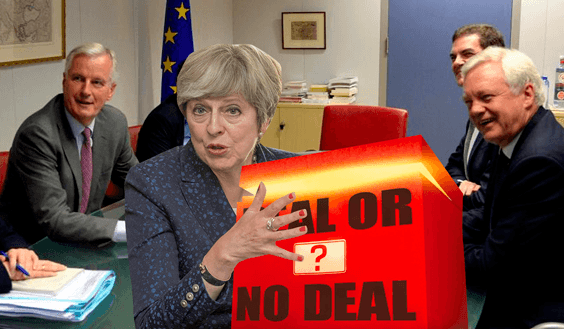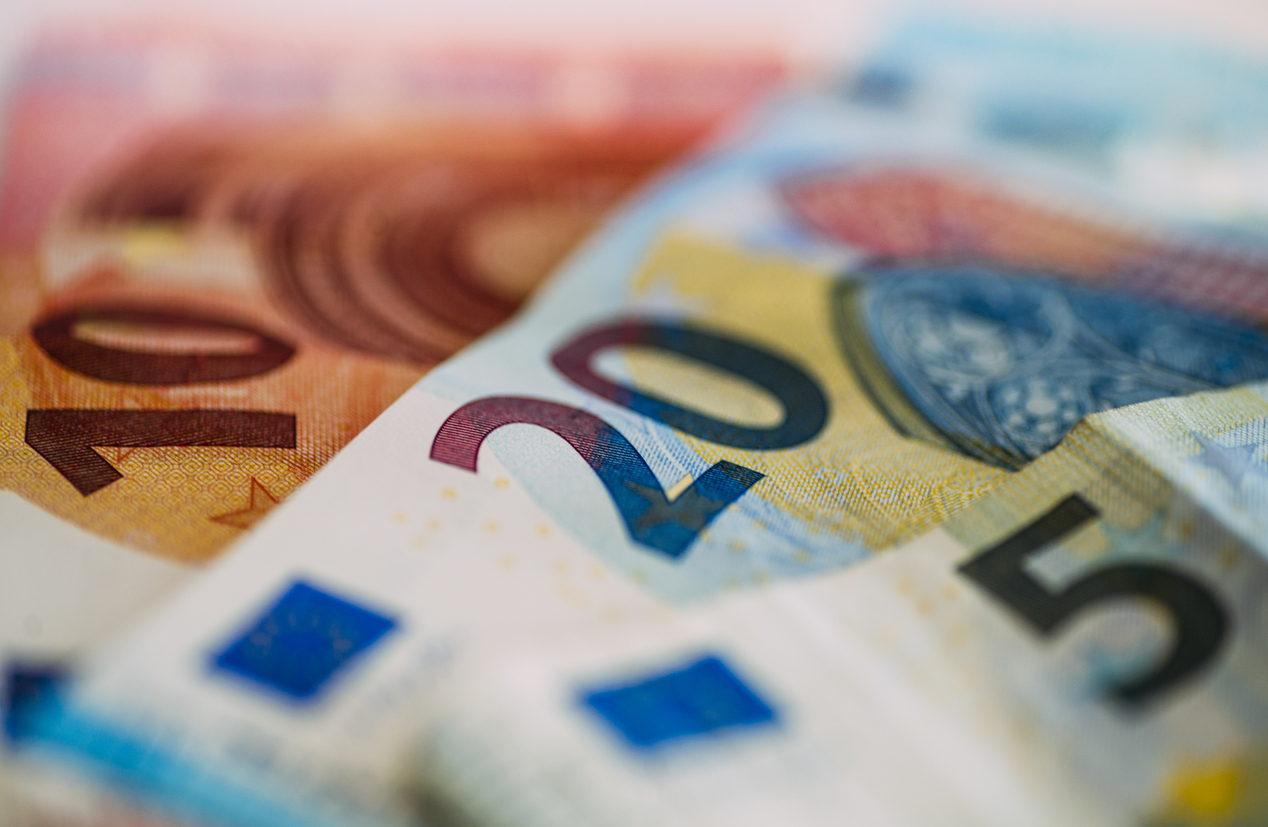The Pound is firmer this week as markets look to put a floor under the sharp declines suffered on Friday, September 21 on renewed fears the E.U. and U.K. are headed for a ‘no deal’ Brexit.
We doubt the Pound is ready to recover all its losses and achieve levels near 1.13 again and argue it will take concrete signs on the progress of Brexit negotiations to trigger any meaningful rally in the Pound.
Traders have been bruised by U.K. Prime Minister Theresa May’s warning that without concerted engagement by European Union counterparts Brexit negotiations risk failure; May’s comments came at a time markets were growing in confidence that a deal was in reach following a string of positive developments over the course of September.
May’s extraordinary intervention in the debate followed a meeting of E.U. leaders in Salzburg where leader after leader lined up to quash hopes for a deal being secured under the current framework.
“After a few weeks of relief, GBP fell sharply following the EU summit in Salzburg, and comments from PM May that dug in on the UK’s negotiating position. The summit offered no progress on the Irish border nor the end-state terms and although expectations for any decisive action were low, the tense atmosphere has shaken the improving sentiment in GBP,” says a note from the foreign exchange strategy desk at Goldman Sachs.
Near-term, we expect the Pound to continue reflecting swings in Brexit sentiment with gains seen on growing expectations for a deal, and losses to reflect deteriorating sentiment for such an outcome.
However, longer-term expectations for a recovery in the value of Sterling remain intact as the likelihood of a deal being secured by the E.U. and U.K. are high.
“Our base case remains that we get a deal with probability around 70%,” say Goldman Sachs. “The political theatre around the Chequers proposal is dominating the headlines but ultimately we believe the path to a deal is likely through keeping vague the detail of the end-state.”
News reports out on Monday suggest the U.K. Cabinet are moving towards establishing an united position around a more traditional Canada-style free trade agreement.
This move will likely secure the backing of Theresa May’s ‘Brexiteer’ colleagues in parliament who have advocated for such an outcome and have argued for May to ditch the Chequers proposal.
And, the contingent of ‘remainer’ MPs in her party are also likely to back such a deal as it avoids the worst-case scenario posed by a ‘no deal’ Brexit.
Of course, the major sticking point remains the Irish border, but the E.U. have hinted at concessions on the matter at various points in September; and as such there is good reason to believe the obstacle can be navigated and a deal ultimately reached.
In the event of a deal, Goldman Sachs say we “should see GBP around 5% stronger vs. EUR and USD.”
No Deal Could see Pound Fall 10%
While a wait-and-see approach to Brexit negotiations is perhaps the most sensible approach to Sterling over coming weeks, foreign exchange participants and businesses will continue to buy downside protection against a major decline in the event of talks ultimately failing.
The downside risks to Sterling remain substantial in the event of a ‘no deal’.
“The political environment at Westminster is fraught, and a breakdown of negotiations cannot be ruled out,” says Adrian Paul, a foreign exchange strategist with Goldman Sachs in London
“If it were to happen, our FX strategists argue that a combination of heightened uncertainty and prospective adjustment could precipitate a 10% nominal Sterling depreciation in the first six months,” adds Paul.
According to Goldman Sachs, if the UK were to leave the EU with ‘no deal’, two factors would be likely to precipitate a sharp depreciation in the Sterling exchange rate:
First, greater uncertainty would raise the risk premium embedded in Sterling assets.
Second, the UK would begin trading with the EU on the basis of WTO tariff rules.
Goldman Sachs 12 Month Forecasts for the Pound
On a 12 month horizon, Goldman Sachs forecast the Pound-to-Euro exchange rate to be at 1.11.
The Pound-to-Dollar exchange rate is forecast to be at 1.39.
credit to : www.poundsterlinglive.com


